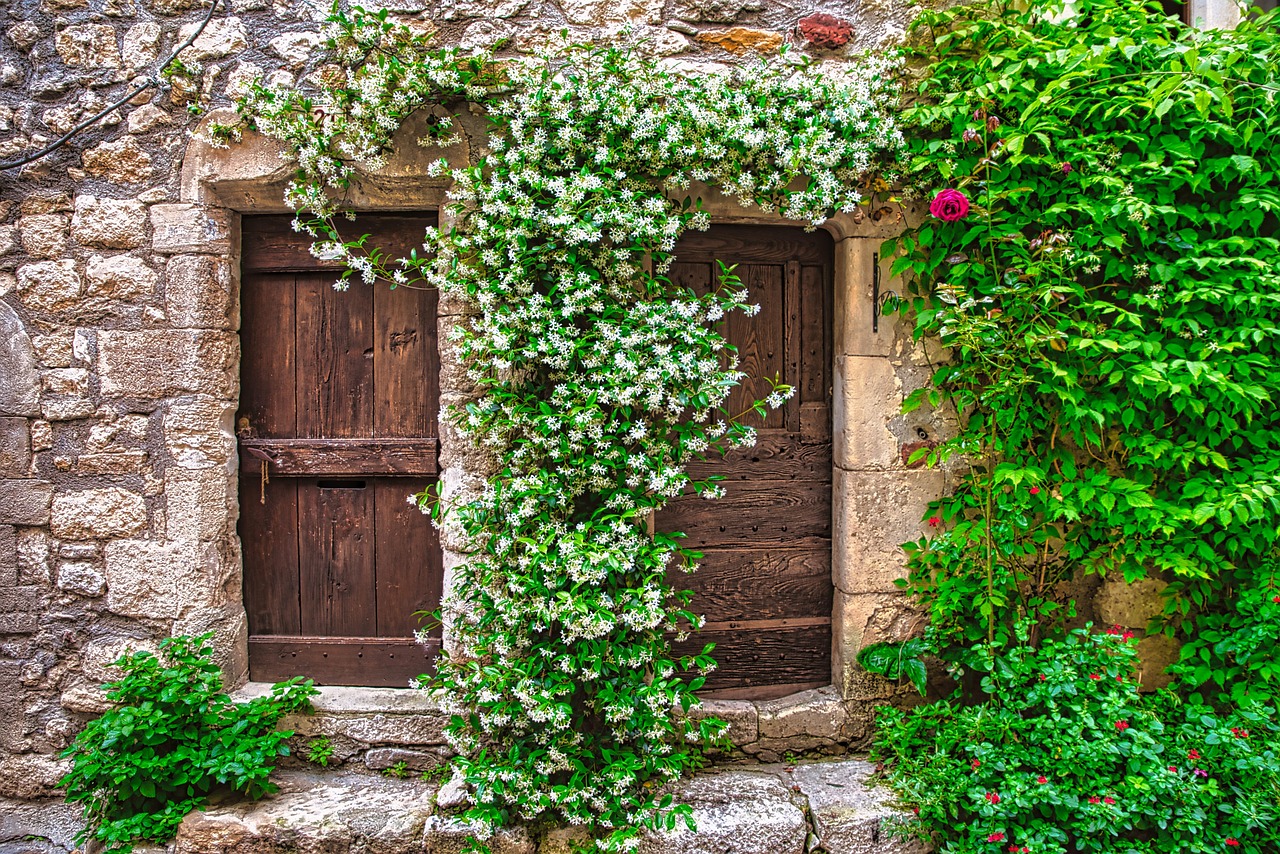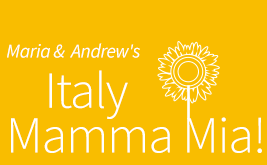Login with your member password below to see your content
Subscribe today on http://www.miomyitaly.com/subscribe.html
Arqua Petrarca

Not far from Padua and Venice is a tiny little village of only two thousand lucky souls, right in the heart of Italy's premier thermal spa region (click to view article). Not for nothing has this town been included in the Italian Touring Club's list of the loveliest and best-preserved medieval towns in Italy.
What to See
Petrarca's House
Arquà Petrarca owes its name to one of Italy’s literary greats—Francesco Petrarca (or Petrarch, as he’s known in English). This serene hilltop village in the Euganean Hills became his final home, and he passed away here in 1374. Today, fans of his work—and plenty of curious travelers like me—come to see the places that shaped his last years.
The biggest draw is his 14th-century house, now a small museum. Even if you’re not a Petrarch enthusiast, it’s absolutely worth a visit. The house has been lovingly preserved and includes charming period rooms, beautiful Renaissance-style frescoes, and the so-called "Venus Room"—a space with windows that open onto sweeping views of the Euganean Hills. Just that view alone is almost worth the six-euro entrance fee.
Then there’s the marble tomb of Petrarch, right in the heart of the main piazza. It’s a peaceful, respectful tribute, surrounded by olive trees and overlooked by the quaint village church.
One curiosity inside the house that tends to get a lot of attention? A rather odd (and slightly creepy!) glass case said to contain the mummified remains of Petrarch’s cat. While the story goes that the poet adored his feline companion, most experts now agree the cat is likely a later addition—probably a bit of 17th-century poetic license. Still, whether real or not, it adds a quirky twist to the visit.
All in all, Arquà Petrarca is a gem—poetic, peaceful, and full of quiet charm. I can easily see why Petrarch chose to spend his final days here.
Cobbled Streets and Ancient Squares
For me, the real pleasure of being here is the simplest pleasure of all. It is a joy to be felt wandering around the cobbled lanes, watching the locals go about their business, and savoring the remarkable atmosphere.
The town has a couple of charming squares bustling with locals. Foremost among them is Piazza Roma (the main square), which is lined with some lovely 14th-century palazzi. Summer evenings in the piazza are delightful; all the locals seem to congregate here and the place is abuzz with laughter and local gossip.
Have energy to spare? Then walk up the steps heading from the famous old fountain; these lead you up to the oldest part of the town. You'll get some stunning views across the rooftops of the town and across the rolling hills beyond.
The other notable square is Piazza San Marco, which is home to the picturesque 12th-century Church of Santa Trinità Oratory. Inside too, the church is lovely.
It's best to have a car too so that you can explore the absolutely enchanting surrounding countryside of rolling hills, vineyards, and woods.
Where to Stay
Many who come here do so to benefit from the world-famous thermal spas; combine that with time in a village considered one of the loveliest in all of Veneto and you have a balm for the soul second to none.
Of course you'll need a hotel that will only add to the peace and tranquility, and on the edge of town you'll find just that - a hotel by the name of Villa del Poeta (view details and photos here).
Where to Eat
For a little old village, you are spoilt for choice. The Osteria Al Guerriero in Via Jacopo Da Arquà is my pick of them. This is the warm, homely type of place I adore offering traditional Veneto homestyle cooking that is just so delicious. A great way to experience the type of food Italian grandmothers prepare for their families every day .
Where is the Village?
The map below should help you find your way...
Return to a Secret Italy Index
- Home
- Veneto Guide
- Arqua Petrarca




